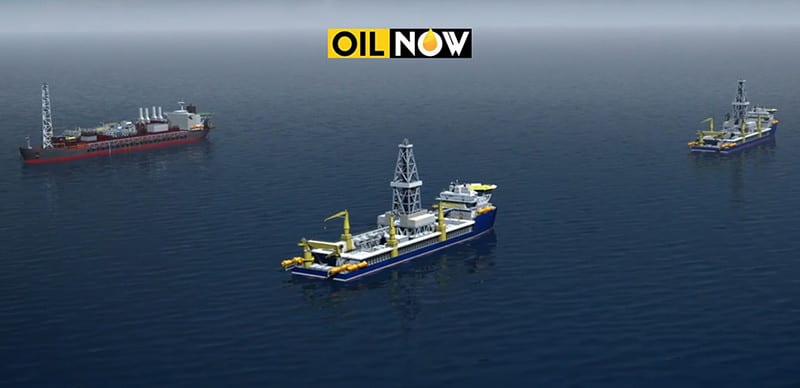ExxonMobil affiliate Esso Exploration and Production Guyana Limited’s (EEPGL) environmental consultant has assured that the company stands ready to mitigate any of the identified potential environmental impacts from the proposed Liza Phase 2 development, recently announced.
The company in its environmental summary for the second phase of the proposed development listed a number of possible effects from the Liza Phase 2 project related to physical, biological, socioeconomic, community health, and human environment values.
The project summary which was recently submitted to Guyana’s Environmental Protection Agency (EPA), said that the Liza Phase 2 Development will be located in the eastern area of the Stabroek Block which is approximately 190 km (120 miles) from Georgetown. Oil production from the Liza Phase 2 Development is expected to last at least 20 years. The company has confirmed submitting an application to the EPA for Environmental Authorization for Liza Phase 2.
According to the Liza Phase 2 project summary, possible impacts could potentially be related to air quality and climate, sound, marine geology and sediments, among others.
The project summary stated that the potential impacts, which are similar to those identified in the Liza Phase 1 Environmental Impact Assessment (EIA), could be directly and/or indirectly generated by the Liza Phase 2 project during development, production operations, and/or decommissioning.
“The potential for cumulative impacts exists where impacts from Phase 2 overlap with Phase 1 (or other existing or planned future activities) in space or time. As such, a robust cumulative impacts assessment will be performed as part of the Phase 2 assessment of environmental impacts,” it said.
The summary said that should an EIA be required by the EPA, EEPGL will scope, study, and assess possible effects in its EIA covering the Liza Phase 2 Development as per the laws of Guyana, in particular the Environmental Protection Act 1996. The summary stated, “Through an EIA, EEPGL would study and assess the significance of possible adverse effects generated by the project, and would identify mitigation measures and monitoring programs to address any identified adverse impacts of significance.”



